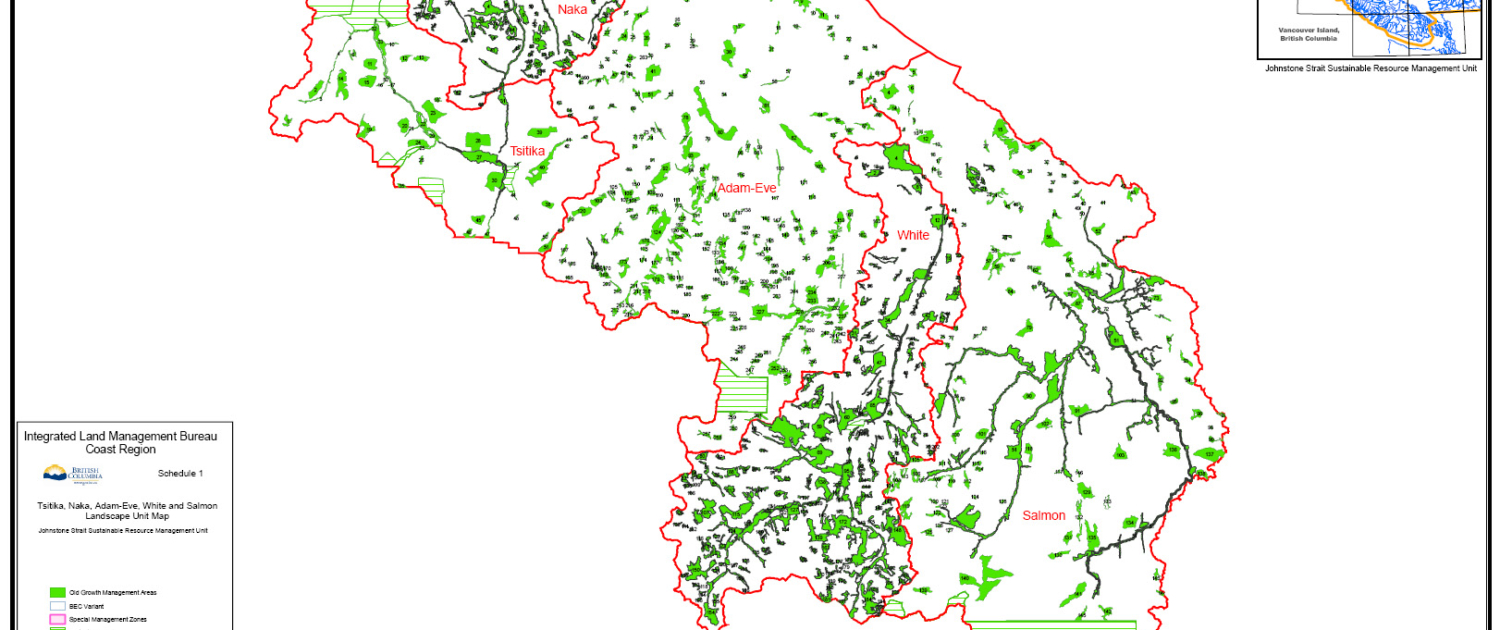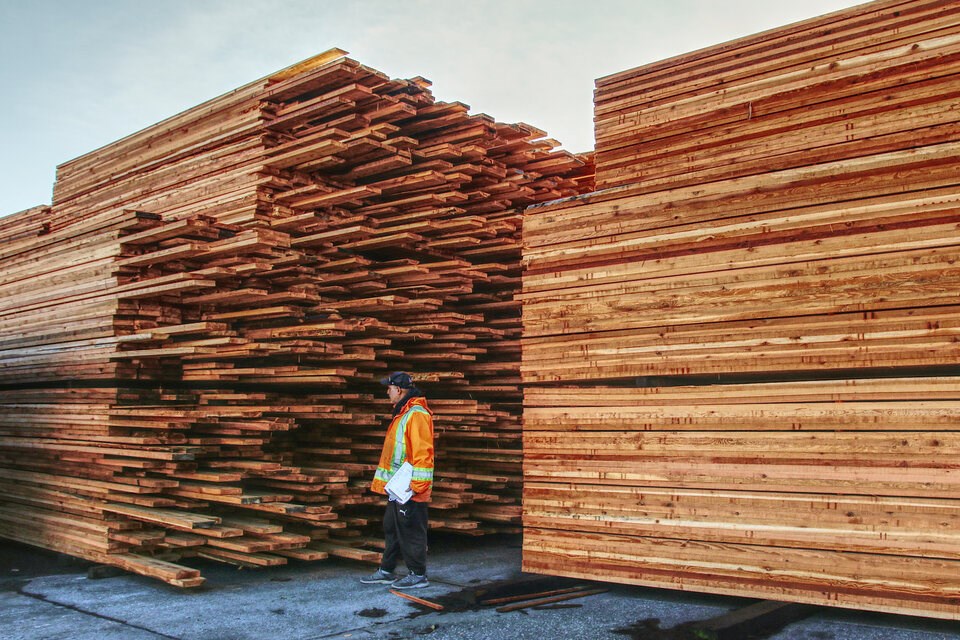 Jul 31 2010
Jul 31 2010Old-growth protection boosted
The province is almost doubling the amount of Vancouver Island old-growth forest protected from logging and development.
More than 38,700 hectares on northern and north-central Vancouver Island will be designated as old-growth management areas, meaning the trees cannot be cut.
“We have been working to identify critical areas that represent the ecosystem and these are some pretty significant areas,” said Forests Minister Pat Bell.
“We felt it was important to expand old-growth representation in the area.”
The protected patches are north of Campbell River and Sayward and west of Port Hardy and Port McNeill.
The increase will mean 83,600 hectares in old-growth management areas on Vancouver Island, in addition to 438,000 hectares of park and protected areas, some of which include old-growth.
Simultaneously, the province has brought in a land-use order to protect almost 1,600 hectares of endangered coastal Douglas fir ecosystem, but has not included a parcel near Nanoose Bay that residents and local governments have fought to save.
The Snaw-naw-as First Nation has been issued a forest licence to log a 64-hectare block of coastal Douglas fir which is home to endangered plants and animals.
Bell said he revisited the decision because of the controversy. “I have had another good look at District Lot 33 because there were some mixed views on whether it was particularly high-value coastal Douglas fir and the conclusion was that it wasn’t,” he said.
Environmentalists like the additional protection, but say it is not enough and want to see more old-growth protection on southern Vancouver Island.
There are concerns about the government’s piecemeal approach to old-growth and fears that many of the areas protected are swamp or high-altitude scrub instead of big, old trees in valley bottoms.
There are also worries that old-growth management areas are set by regulation, rather than legislation, so can be removed at the whim of government.
“It’s definitely a step forward, but it’s not nearly enough and I would encourage them to go a lot further,” said Ken Wu of the Ancient Forest Alliance.
Out of the original 2.3 million hectares of old-growth on Vancouver Island, 1.7 million hectares have already been logged and much remaining old-growth is stunted alpine trees or bogs, Wu said. “We want an overarching policy to protect what remains.”
Less than one per cent of the remaining coastal Douglas fir ecosystem is protected and the Nanoose parcel must be included, Wu said.
“There’s no room to leave pieces out,” he said.
Tria Donaldson of Western Canada Wilderness Committee said there are many examples of government scrapping or moving old-growth management zones. Also, because allowable cut in the area remains the same, logging often becomes more intense in adjacent areas, she said.
“Old-growth is one of the key draws on Vancouver Island, but old-growth management zones don’t offer long-term protection. We are asking for no old-growth logging, full stop. So, this is far away from what we need.”
Environmentalist Vicky Husband said she doubts whether the new management zones are large, prime areas of old tree forest.
“Are they adjacent to intact or protected areas, are they south-facing slopes [that are] so important for wildlife and winter range?” she asked.
“So little is left and almost no prime valley bottom habitat.”
Bell said it is positive that old-growth management areas are flexible as it allows government to respond to changing situations.
The newly protected areas represent a mixture of land types, Bell said.
“This is not just about big trees. It’s about good representation of an ecosystem,” he said.






